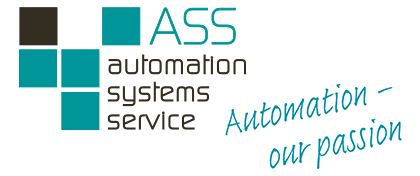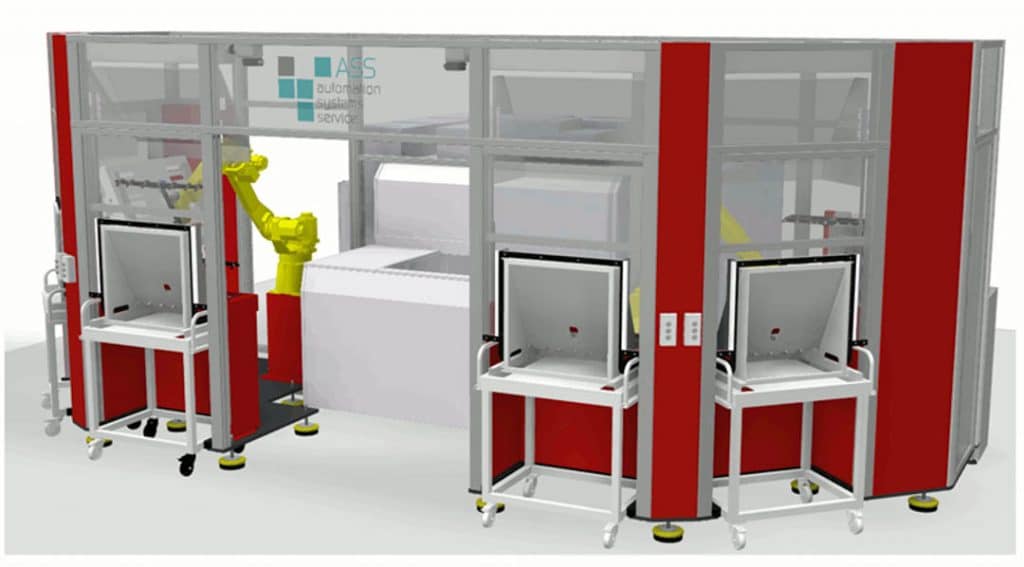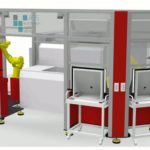Stand alone Automation DRS
Highlights
-
- With a cycle time of 13 sec for the models DRS and DRI incl. 3 sec table change time, capacities of > 2 PCB/min – processed on both sides – are possible
- Prepared for MES (OPC/UA) connection
- Handling up to 6kg PCBs
- Contactless centering via CCD cameras (very high placement accuracy)
- No scratching of the LP surface
- Variable offsets (X, Y and R axis) for all robot positions (pick and place) adjustable in automatic mode
- Deposit position on LDI/AOI table can be configured rotated +/- 90° and or 180° (cycle time savings for the process machine possible)
- Automatic dummy plate recognition (order separator)
- The automation reacts state-oriented
- Example: In case of loss of a PCB or malfunction of an LDI/AOI with subsequent basic position run, the automation recognizes the new situation independently. Production can be continued seamlessly
- Logfile creation: alarm history, event history, interface M2M
- Certified ESD design possible
- Staggered depositing of NOK panelsindividually adjustable via HMI
- Simple manual intervention, without interruption of the running automatic operation
- Database connection (read and write)*
- Automatic override adjustment according to LP weight (process reliability)*.
- Automatic gripper adjustment incl. format check without loss of cycle time*.
- 100% traceability in log file and database*
- Job data acquisition via DMC* on the PCB or via job list
- Process control via weight and thickness information*
- Automatic cleaning of each individual side before processing via non-contact cleaning systems*.
*optional
Description
The PCBs are handled by 6-axis robot 1 from an inclined cassette or a slot cassette to the contact-free camera adjustment. Accurate, if necessary touching only in the edge area, they are placed on the process machine via a reliable gripper system with individual ejectors for each suction cup. After processing the first side the fl ipping is done by transferring the board from robot 2 back to robot 1. The finished processed PCB is then stored by the second robot on an L-rack or in a slot cassette. In principle automation acts as the master for the process machine. Order data are transfered for each individual PCB to the process machine from the PCB coding or by input into the HMI – manually or via bar code readers. This speeds up the data preparation and the automation can automatically adapt to the different board conditions (size, weight, order change) if necessary. The system can be executed optionally with a cassette for NOKPCBs and with slip-sheet handling.
Klicken Sie auf den unteren Button, um den Inhalt von customer-181znpukyiq9repm.cloudflarestream.com zu laden.




